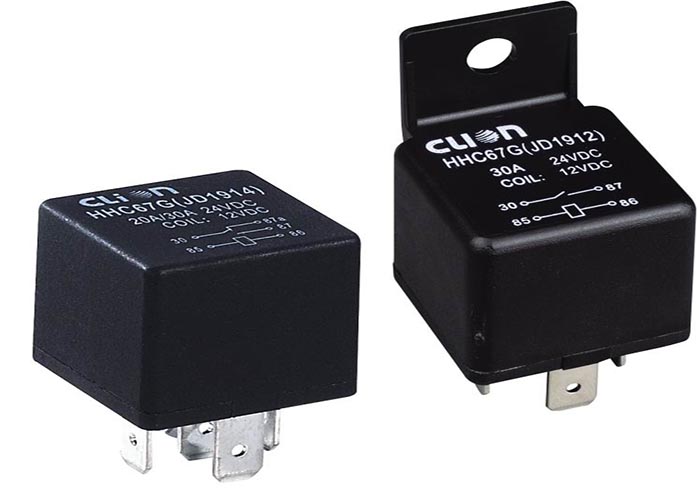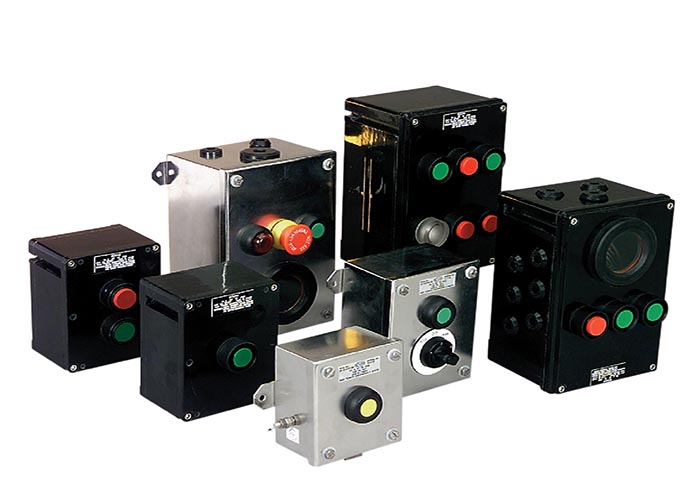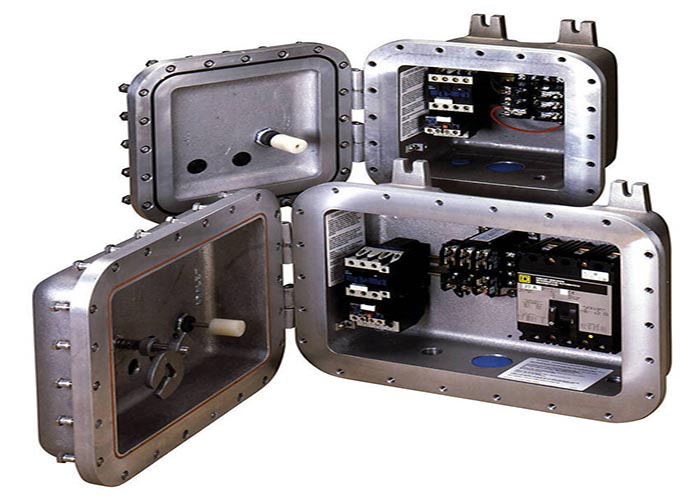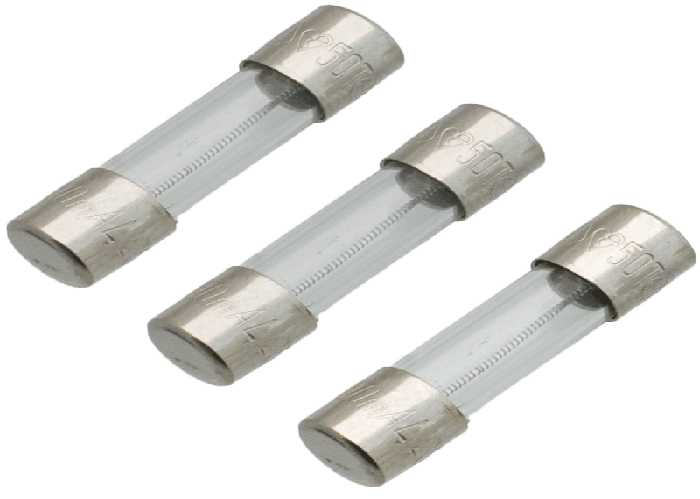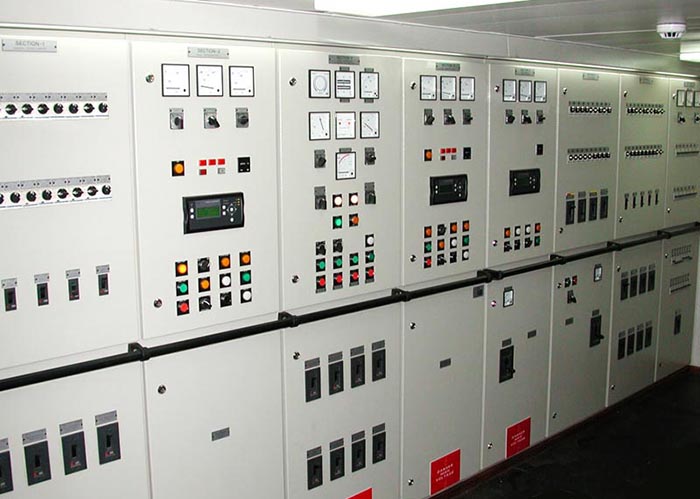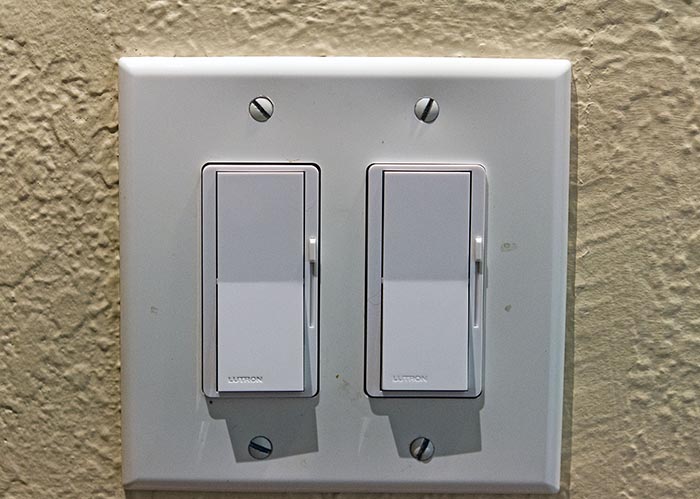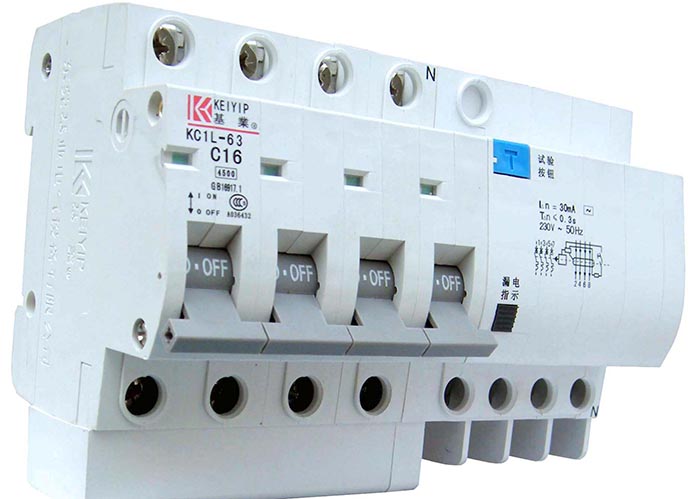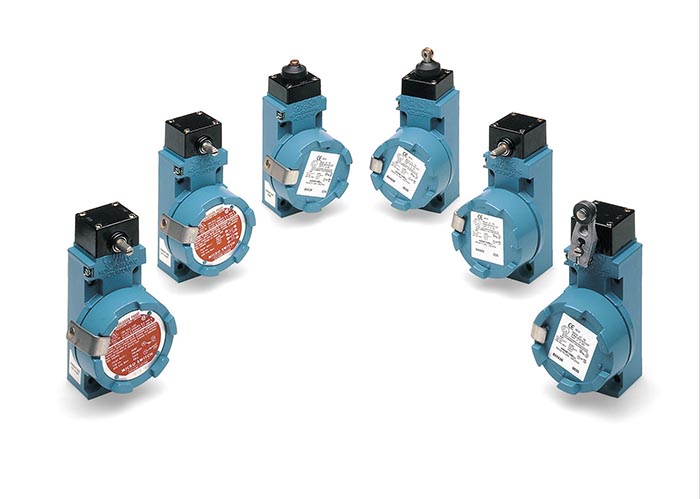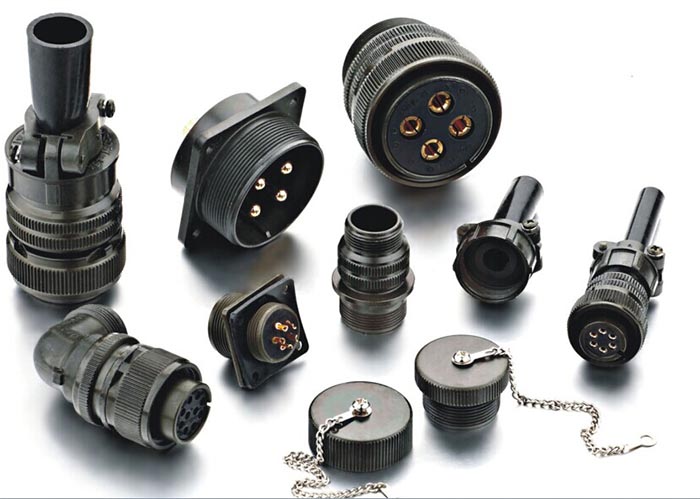Relay
Relays are switches that open and close circuits electromechanically or electronically. Relays control one electrical circuit by opening and closing contacts in another circuit. As relay diagrams show, when a relay contact is normally open (NO), there is an open contact when the relay is not energized. When a relay contact is Normally Closed (NC), there is a closed contact when the relay is not energized. In either case, applying electrical current to the contacts will change their state.
Applications
| Interfacing of PLC I/Os to field Sensors & actuators | Multiplication of PLC O/Ps for separately driving actuators, annunciators & other devices | Isolation of high voltage load & input devices from sensitive PLC electronics |
| Providing channel wise isolation for PLC inputs & outputs | Specially designed rugged DIN clamp with metallic base provides immunity against vibration | Host of I/O wiring options selectable thru’on-board shorting links reduces the wiring time |
| UL certified non-self loosening terminals provide reliable connectivity | PLC specific Relay Interface Modules with prefab cables facilitates |
Relays are generally used to switch smaller currents in a control circuit and do not usually control power consuming devices except for small motors and Solenoids that draw low amps. Nonetheless, relays can "control" larger voltages and amperes by having an amplifying effect because a small voltage applied to a relays coil can result in a large voltage being switched by the contacts. Protective relays can prevent equipment damage by detecting electrical abnormalities, including overcurrent, undercurrent, overloads and reverse currents. In addition, relays are also widely used to switch starting coils, heating elements, pilot lights and audible alarms. we are doing relay wholesaler in chennai.

